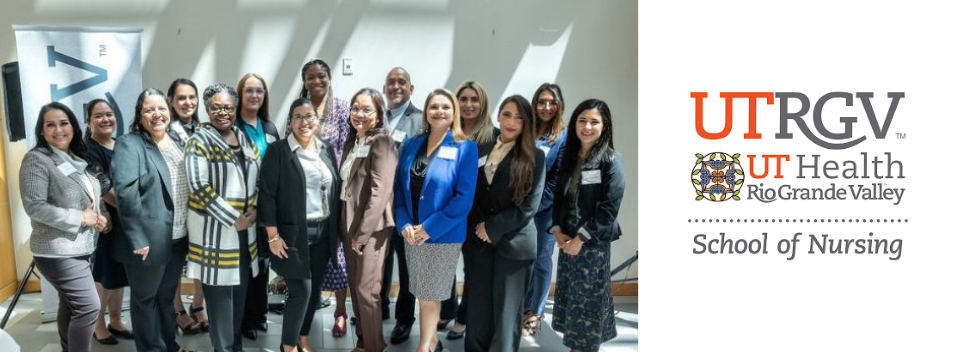
School of Nursing Faculty Publications and Presentations
Bridging the Gaps Through Nurse-Led Nutrition Education to Underserved Children
Document Type
Article
Publication Date
6-2019
Abstract
Although children residing in impoverished rural communities located along the Texas-Mexico border are at disproportionately high risk of unhealthy eating, limited resources may prevent devoting sufficient attention to school-based nutrition education. The purpose of this quasi-experimental study was to examine the teaching effectiveness of graduate nursing students on fourth-grade student learning about healthy eating. Purposive sampling was used to select 213 predominately Hispanic fourth-grade students enrolled in one of three low-socioeconomic status underserved elementary schools located in rural South Texas. Ten graduate nursing students implemented the Creating Healthy Eating Choices for Kids Nutrition Curriculum to approximately 40 fourth-graders per group who attended weekly 45- to 50-minute sessions for 6 weeks. The MyPlate standardized tests were administered before and following the intervention. Results showed a significant improvement in learning on all program modules for fourth-graders from each school (p = .000). Results support the value of creating a strategic partnership between a university school of nursing and key community leaders as a feasible method of providing nutrition education for fourth-graders enrolled in schools with limited resources.
Recommended Citation
Eanes, L. S., Fuentes, L. A., Bautista, B., Salazar, D., & Garza, D. (2019). Bridging the gaps through nurse-led nutrition education to underserved children. Hispanic Health Care International, 17(2), 66-72. https://doi.org/10.1177/1540415319830762
Publication Title
Hispanic Health Care International
DOI
https://doi.org/10.1177/1540415319830762


Comments
© The Author(s) 2019